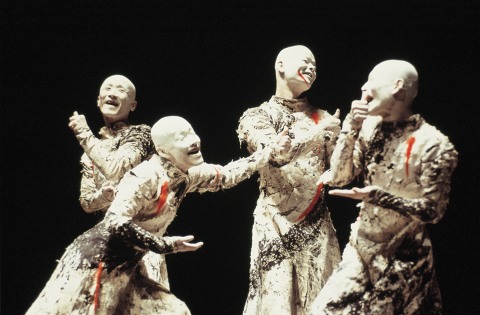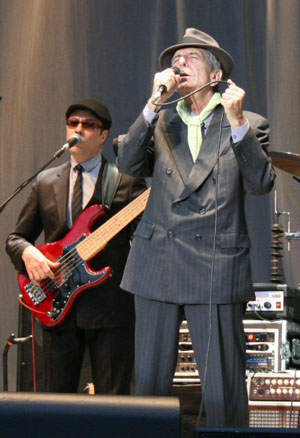Most of the ones you see around town are big, roomy and inviting, and make for a great porch on the ground floor as well. Some of them are just a projection extending over the front door. Others surround the whole building, New Orleans-style, like the one at the Stephen Austin Hotel on Congress and 7th or the Starbucks on 24th and San Antonio.

Many UT buildings have small balconies, which are not really meant for extended hours outdoors, but mostly for decoration purposes. Those are common in Brazil, because of the influence from Portuguese architecture. But even the ones that are made for actual use are usually much smaller than what we see around here.
Typical Porto Alegre balcony

These ones are common in older Porto Alegre buildings
The Southern-style balconies we see around here are as stylish as they are convenient as shelter against the rain (and the scorching noon desert sun out here, too). Now that my time to go back home is approaching, they are one of the many simple things I've grown accustomed to around here that I'm beginning to miss, already.




















